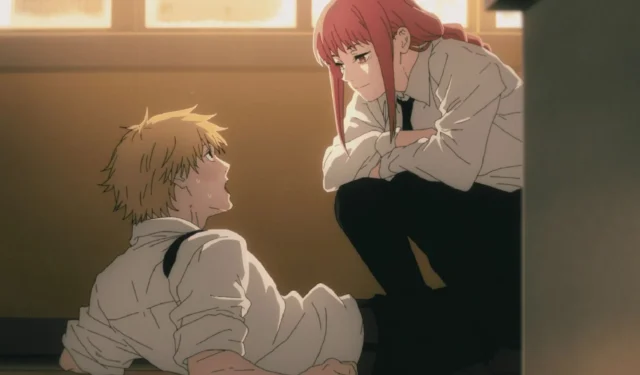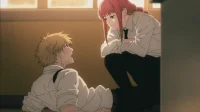Chainsaw Man Chapter 200 has possibly confirmed what many fans have long feared: the relationship between Denji and Asa leans more towards destruction than romance. While both characters navigate through chaos, it’s becoming evident that their bond exhibits the same unhealthy dynamics that characterized Denji’s relationship with Makima. Although Fujimoto subtly intertwines these themes, signals of caution are apparent.
The emotional turbulence, lack of trust, and conflicting intentions define each interaction between Denji and Asa. This chapter lays the groundwork for a troubling reality—their relationship may spiral further into chaos rather than heal. Ultimately, it is clear that their connection lacks the essence of a love story; instead, it embodies something much darker and perilous.
Disclaimer: The perspectives in this article are speculative and represent the author’s views. It includes spoilers from Chainsaw Man Chapter 200.
Analyzing the Toxic Dynamics of Denji’s Relationship with Asa
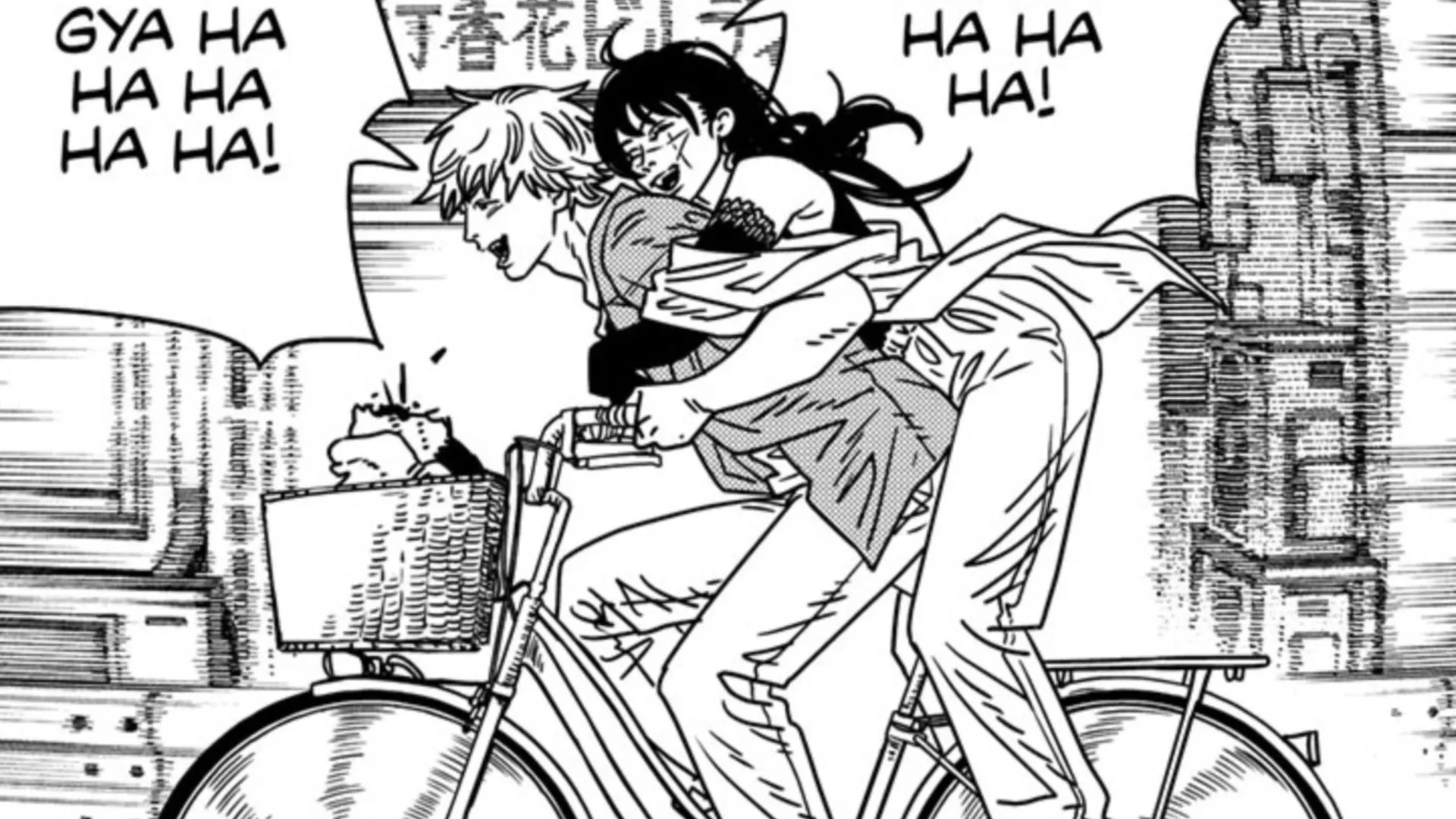
Denji’s current relationship with Asa is beginning to echo the toxic patterns he previously experienced with Makima, albeit cloaked in smiles rather than fear. At first, Asa appears to provide the semblance of human connection that Denji missed with Makima. However, the underlying damage remains unaddressed. Instead of mending each other, they facilitate an atmosphere of avoidance regarding their personal struggles.
Initially, Denji followed Makima’s lead without question, surrendering to her manipulation because of the comfort it provided. In contrast, although his relationship with Asa seems freer, it is still emotionally vacuous. Denji allows Asa to dictate the emotional landscape, accepting her chaos passively. Asa’s role has shifted from control to distraction—while Denji holds on to her presence as a means of escaping his own pain.
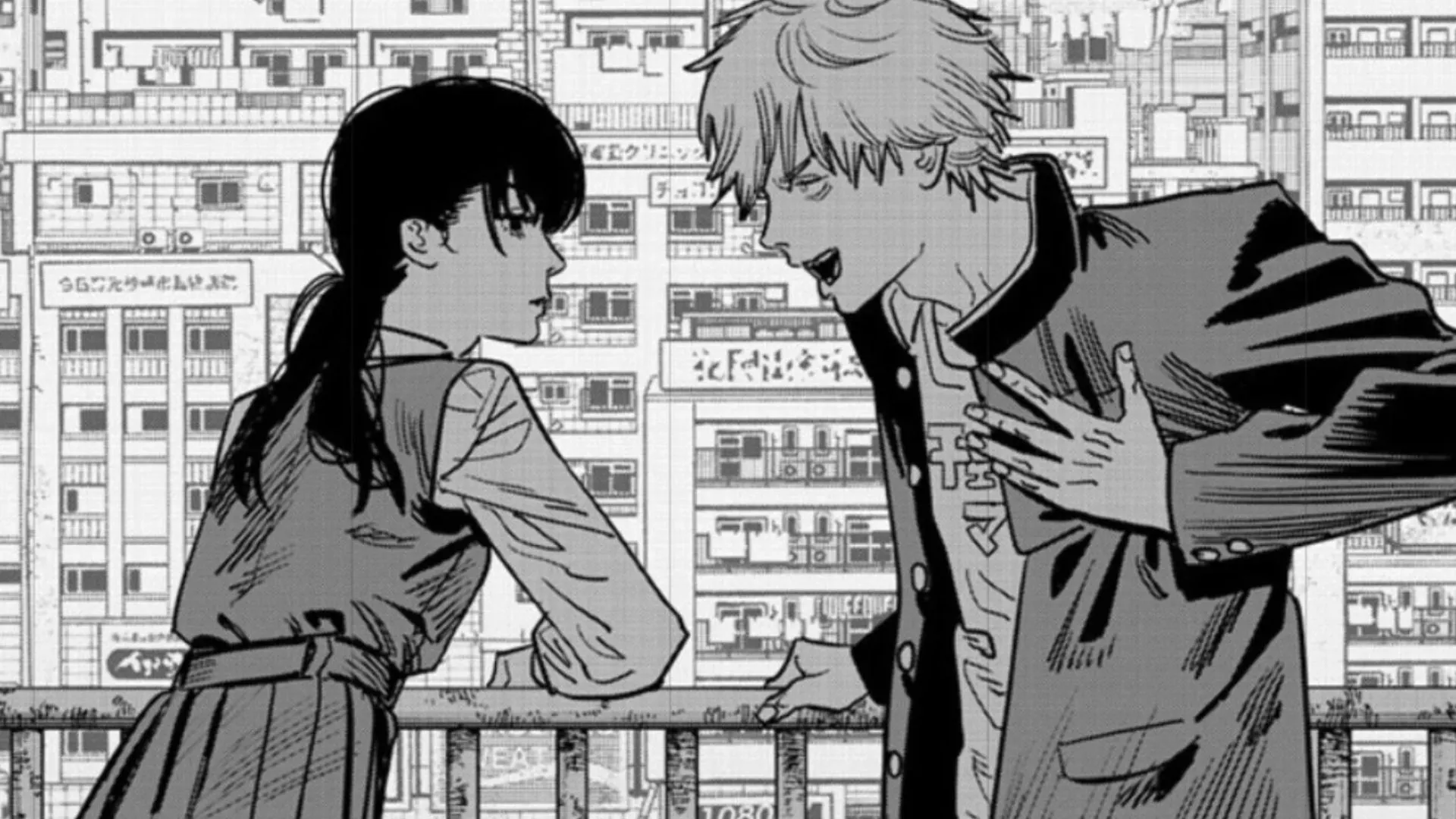
On Asa’s side, she finds herself in a confusing cycle. Her desire for peace is continually undermined as she gravitates towards destruction. Like Denji uses her as a means to escape his demons, Asa relies on Denji as a crutch—avoiding her own loneliness, guilt, and fears. Their combined presence creates a fragile illusion of happiness, concentrating solely on minor joys while neglecting significant underlying issues.
This repetitive cycle parallels the one Denji fell into during Part 1 of Chainsaw Man, where he allowed Makima to dominate decisions. With Asa, he again finds himself drifting into her reality, where her chaos overcomes his. Asa, initially averse to close attachments, now begins adopting Denji’s strategy of emotional avoidance—seeking fleeting moments of comfort while ignoring the greater reality.
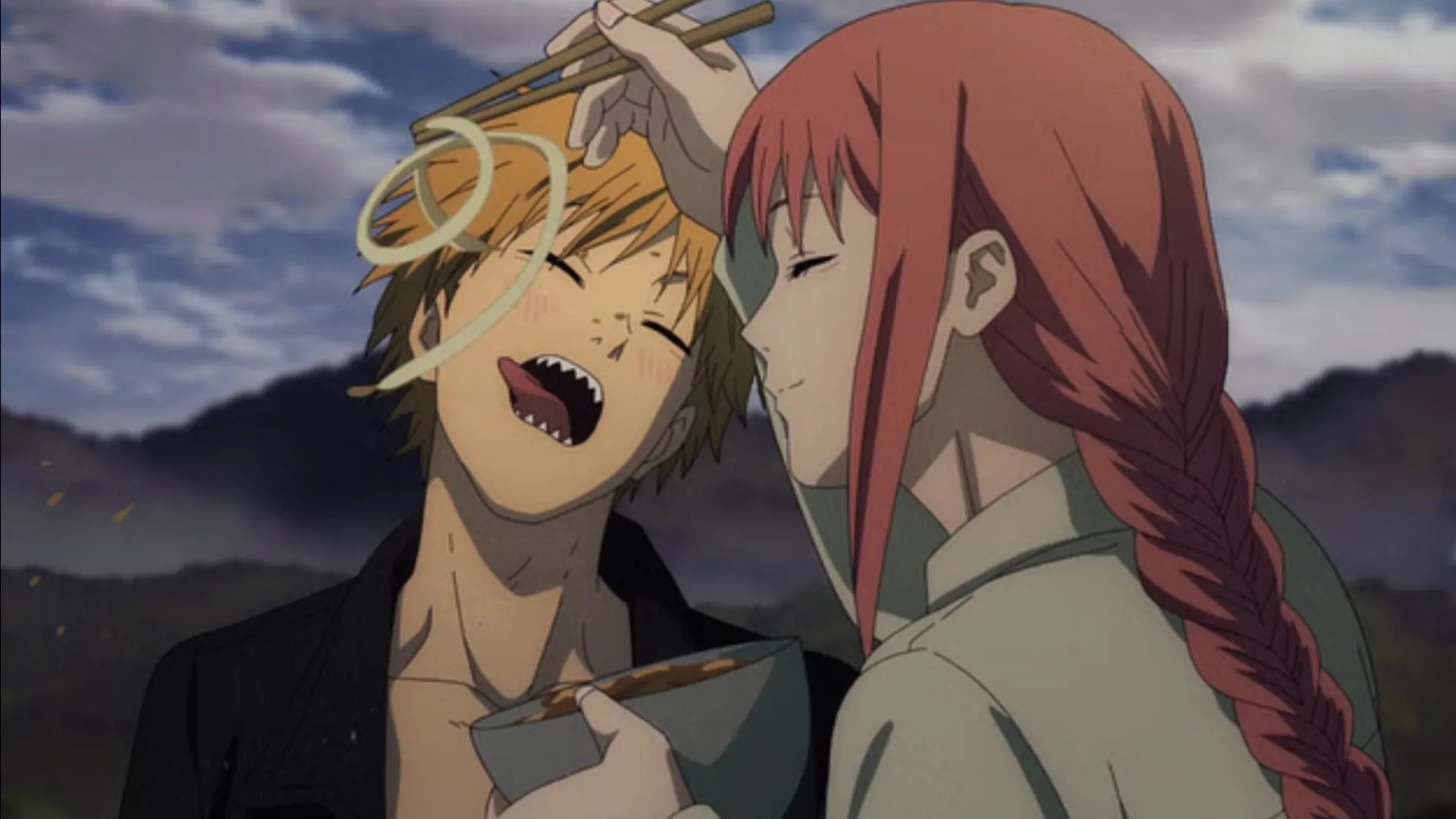
Denji remains unhealed, and Asa’s transformation is also stagnated. Their connection exemplifies survival rather than love, as highlighted in Chapter 200. They are embroiled in emotional battles, inadvertently pulling each other through cycles of dysfunction. Denji seeks validation, while Asa yearns for acknowledgment. Ultimately, they lack true understanding of each other, reflecting two fractured individuals attempting to mend themselves using one another’s flaws.
While Makima never offered Denji true affection, she provided control and purpose. Conversely, Asa, lacking command over Denji, offers distraction—and that distraction proves equally dangerous. Denji becomes passive once more, choosing to listen and wait, all while evading emotional pain. Asa leverages Denji as a buffer against the threat of Yoru, her guilt, and the demands of personal growth. In doing so, they are complicit in enabling each other’s harmful behaviors while mistakenly believing that they are assisting one another.
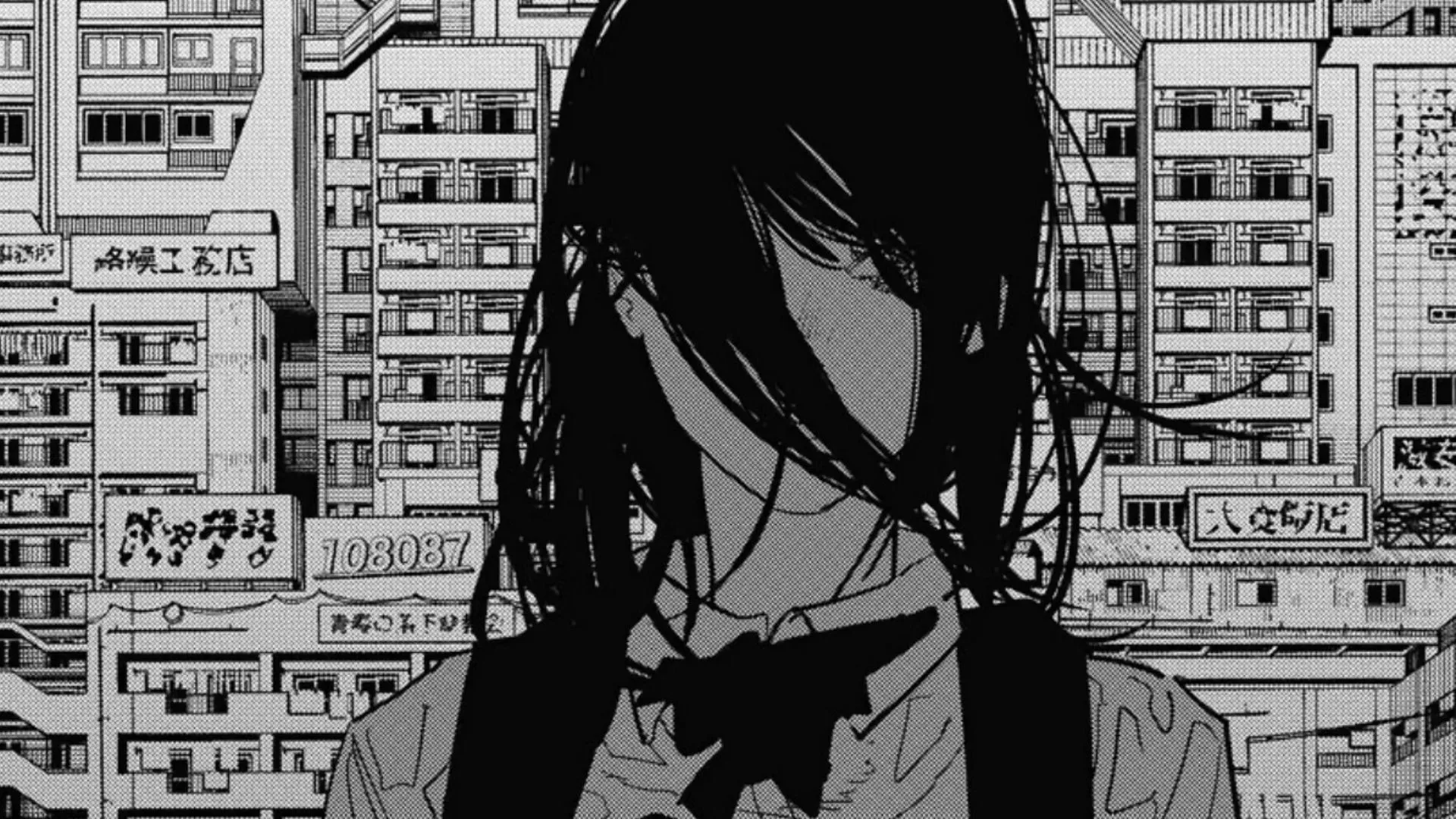
Chapter 200 subtly indicates that Denji and Asa do not provide healing for each other; instead, they serve as a means of deflection. Surrounded by chaos—from the ominous presence of Fakesaw Man to the looming threat of the Horsemen—there appears to be little room for growth or progress.
Much like during his time with Makima, Denji is slowly losing himself within Asa’s storm. Yet this time, the turmoil is wrapped in a misleading warmth—resulting in a different but equally painful experience. Much like before, Asa may not fulfill Denji’s emotional needs, instead offering a facade of comfort that disguises the pain he has come to know.
Concluding Insights
The latest chapter of Chainsaw Man paints a bittersweet picture of Denji and Asa’s dynamic: they are not healing together; rather, they are escaping together. Every fleeting moment they share represents a pause, rather than genuine progression. Their smiles conceal deeper scars, and the silence that lingers between them becomes increasingly burdensome with each passing chapter.
What they perceive as love may simply be a mutual fear of solitude. This isn’t a narrative of security but rather one of shared denial, characterized more by damage than safety. Denji’s previous behaviors resurface, albeit with a new face. Though Asa may display care, the cracks in their bond are starting to show. Unfortunately, this trajectory hints that the story’s conclusion may not be a happy one—nor is it intended to be.
